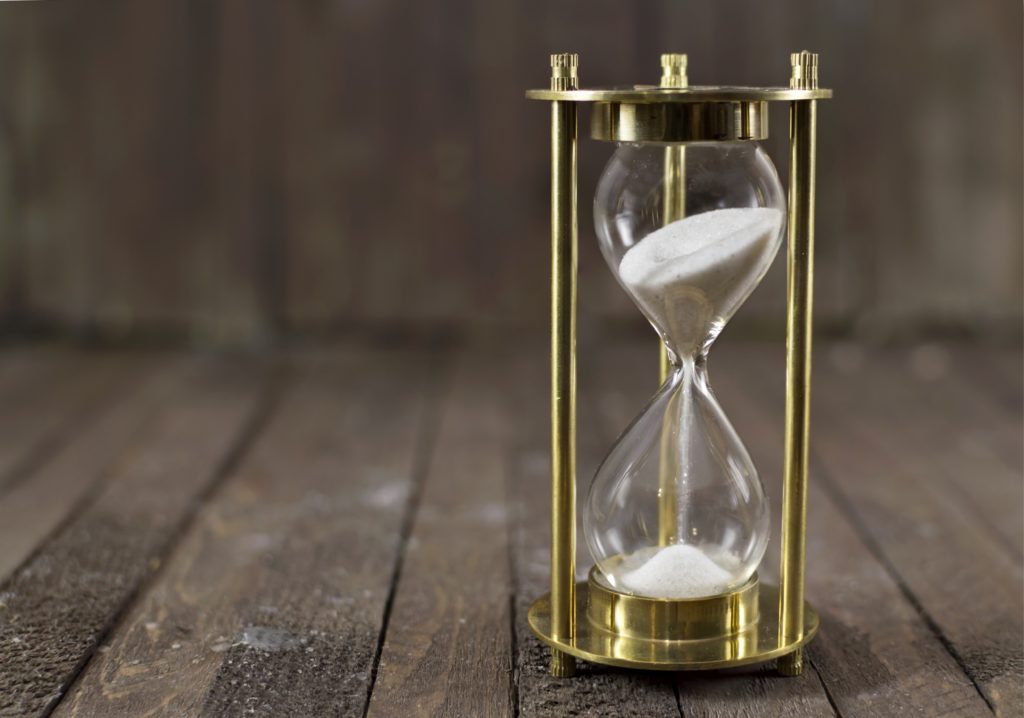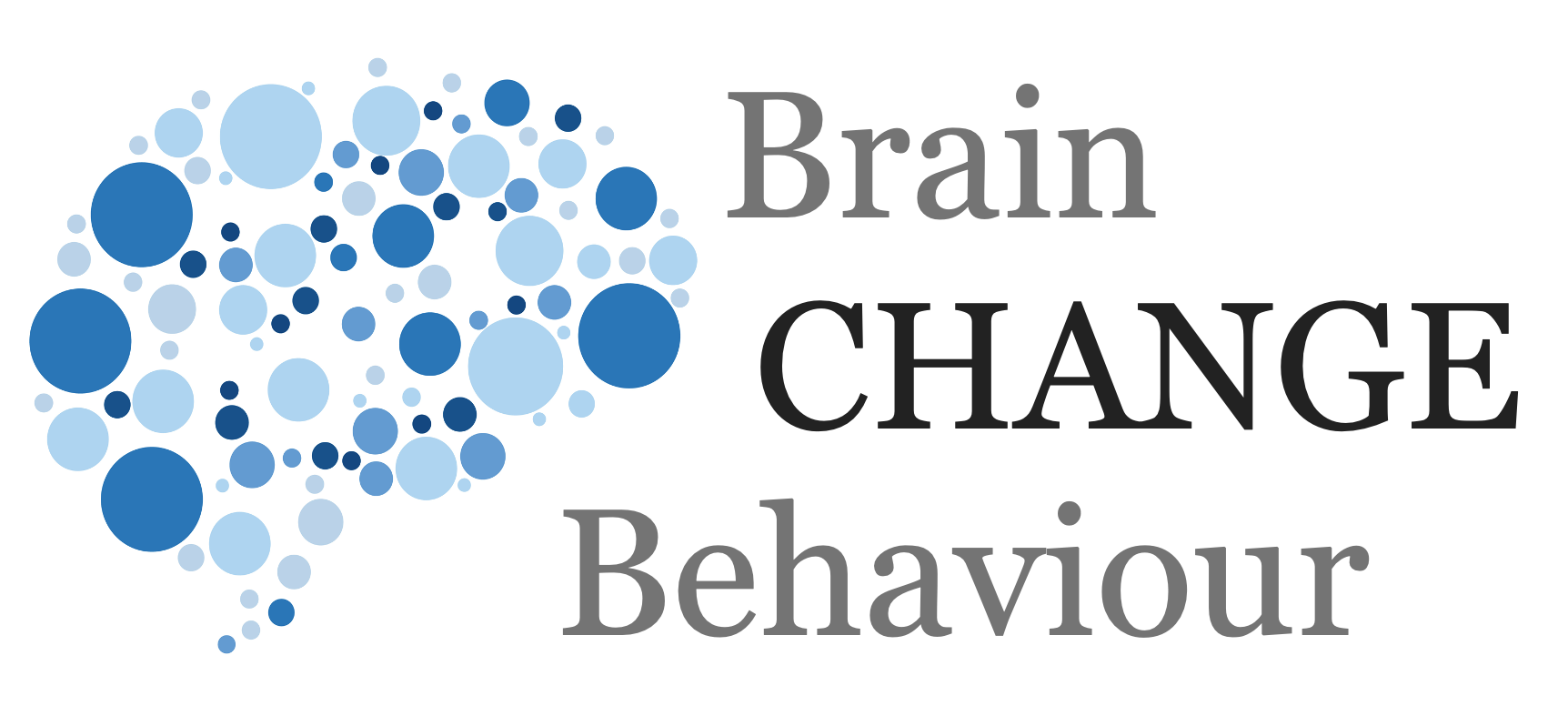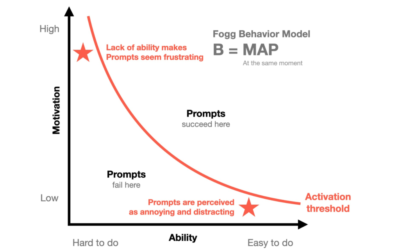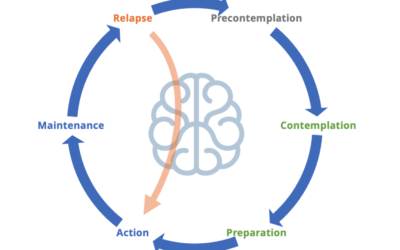
Things in life tend towards certain balances. This is particularly true in large systems and this is why change can happen in small contexts and be very effective or successful but in large systems different rules apply. This is because a large system will balance out.
Uber for example wanted to increase driver pay but the incentives and increased tipping led more drivers signing up to Uber which thereby increased supply and balanced out income. In a small group pay could increase but over the whole driving force natural equilibrium balanced this out. This is also present in political thinking – getting all children to go to college ends up either lowering standards for college or leaving unemployed graduates (or both). This is because the market may not need so many graduates.
This is often a problem of large-scale initiatives particularly government policies. A similar effect is the pareto principle or the 80/20 rule. For example, many organisations notice that 20% of their sales force produce 80% of their sales. So logically the best answer is to fire 80% of the sales staff, lose 20% of sales but keep 80% of revenues. But the Pareto principle states that this is always true – it is a natural distribution that always seems to occur – so you will still end up with an 80 / 20 split with the remaining staff. Firing 80% of the staff will also lose many network effects and have many unintended consequences.
What needs to be considered in large scale change initiatives is if there are equilibrium effects and natural distributions which will impede change.
Simple Takeaways
-
- Consider if there are equilibrium effects
- Consider if there are natural distributions
© leading brains 2022
Reference
More Articles
The Nine Interventions
There have been multiple models of behaviour and behavioural change proposed over the years. These have taken different viewpoints of behaviour.
Two Types of Willpower
Will power can be different things – but not according to us everyday folk…
Mask-Wearing Makes You Better Behaved
This is a fascinating study that shows that wearing masks changes behaviour in subtle but important ways…
Behavioural Change Theories
There have been multiple models of behaviour and behavioural change proposed over the years. These have taken different viewpoints of behaviour.
Behavioural Change Wheel
The Behaviour Change Wheel is the result of a systematic review of change models, frameworks, and theories, followed by the subsequent realisation that they were not aligned and describing different things.
Nudge
A nudge in everyday language is a gentle push. Something that is none aggressive but significant enough to be noticed and often triggers a behaviour…
B-MAT
The B-MAT model is similar to the COM-B model included in the Behavioural Change Wheel which aims to explain behaviour and its antecedents and therefore aim to guide behavioural change attempts
Social Cognitive Theory
Social Cognitive Theory by famed psychologist Bandura is grounded, as the name suggests, in social contexts saying that behaviour is driven by the triad of behaviour, personal, and environmental factors
The 6 Stages of Behavioural Change
The 6 stages of change model is also known as the transtheoretical model and focuses on the steps of change. This has focused on changing individual’s behaviour to a new healthier behaviour.
Theory of Planned Behaviour
he theory of planned behaviour is a psychological theory proposed by Icek Ajzen that links beliefs to behaviour. This builds on the theory of reasoned action










